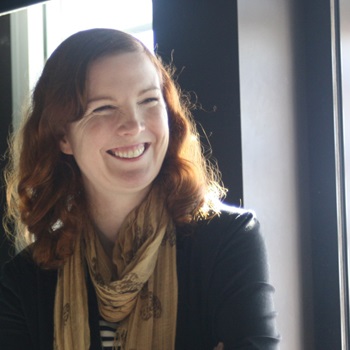- Technology
- 5 de September de 2024
- No Comment
- 6 minutes read
Calculating Empires: the artistic deconstruction of socio-technological genealogy

Calculating Empires: the artistic deconstruction of socio-technological genealogy
Kate Crawford and Vladan Joler’s disturbing genealogy of the relationship between technology and power (2023), now digitized

Photo: Piercarlo Quecchia – DSL Studio / @piercarloquecchia – @dsl__studio
Courtesy: Fondazione Prada

If you have ever been attracted by complex systems and visual art, the digitization of Calculating Empires. A Genealogy of Technology and Power Since 1500, by Kate Crawford and Vladan Joler (2023), has just arrived online. It is a must-see: you will be fascinated. It will be one of those moments in your life when, even if you are not a consumerist, you will miss not having a bigger screen.
As Crawford and Joler define it on the project’s website, Calculating Empires is a large-scale visualization of their technosocial research, as well as a physical installation for those lucky enough to be able to visit it, which undoubtedly deconstructs the current sociotechnological genealogy, focusing on the coevolution of science, technology and social structures over the last five centuries. The project examines the technological patterns of various subjects, classified into two large groups (communication and computation; control and classification) since the year 1500, to show how these living forces continue to subjugate us, and perhaps to reflect, why not, on how they could be dismantled. Although, is it possible with such complexity?

Crawford and Joler rightly put the spotlight on technology as an instrument of colonialism, militarization of societies, alienating automation of human labor and social control, in an intellectual and artistic exercise of analysis of the historical dynamics that continue to influence and oppress in the present. In fact, Kate Crawford had already done a devastating exercise in her “AI Atlas” in 2021, in that case in a sublime essay on the impact of artificial intelligence on ecosystems and human societies.
Calculating Empires is thus structured around four themes: communication, computing, classification and control. The work illustrates the changes, the techno-evolution of a set of selected artefacts, intertwined with a history of social control that we often do not notice. It is like when we forget in our daily lives the air we breathe, until we lack it and suffocate! Thus in her visual story, they tell us, the vertical axis is a chronological axis that begins in the 16th century, while the horizontal axis is divided into a collection of systems: algorithms, architecture, bodies, borders… and education!
Let me ask to teachers some questions, perhaps rhetorical in some cases, that may give them some play to propose activities in the classroom next year. To begin with: how have technologies and forms of social organization influenced and shaped educational systems over time? And following the topics of Calculating Empires:
i) Colonialism and education: what technologies, and how, have been used in the colonial process to impose educational systems that served to control and assimilate local cultures and knowledge to the values, beliefs and structures of the invading power? Were the printing press and writing some of these technologies, and perhaps some of the most abject?
ii) Militarization and education: how are scientific and technical disciplines with military applications surreptitiously promoted in the educational system? Are so-called “dual-use” technologies whitewashed in society through the false myth of the neutrality of technology?
iii) Automation and education: How has automation impacted education? From the replacement of traditional teaching methods by digital technologies, to the more recent use of artificial intelligence, learning analytics or machine learning in the classroom, what has been lost in teaching with these technological interferences? Has anything been gained?
iv) Control and education: how has the privatisation and control of resources, physical and virtual, extended to the educational field? How is technological education marketed, often by governments themselves? How can we achieve the paradox that in spite of massively supplying technological devices (enriching their sellers), the results still is an increasingly unequal access to advanced educational technologies?
The powers that lie behind the historical dynamics, which Crawford and Joler (2023) have masterfully drawn in Calculating Empires, have shaped contemporary educational systems and continue to influence them. Dismantling these oppressive structures to create a more equitable and free education system that allows equal access to technology and knowledge, with the tides against and faced to unscrupulous legislators, administrators and technology companies, seems to condemn us to the guerrilla in our humble classrooms.
But this autumn, really, the best thing to do is to get fascinated and absorbed by reflection while browsing Calculating Empires. Thank you Kate and Vladan for this gift.
Source: educational EVIDENCE
Rights: Creative Commons

